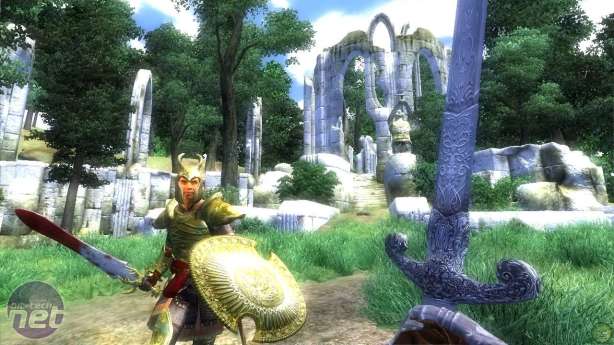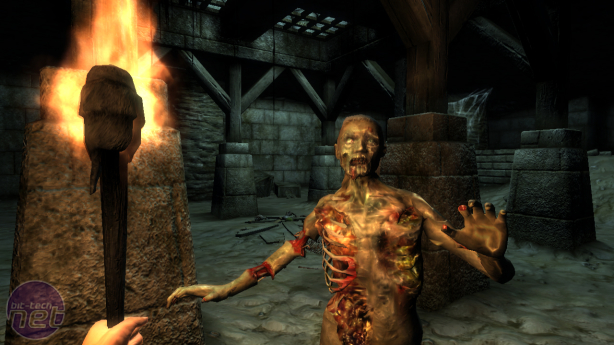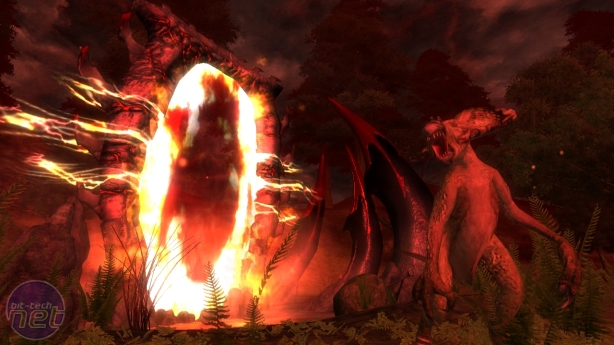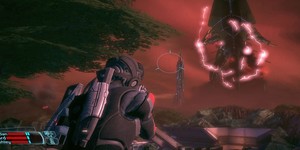
Ten Years On: The Elder Scrolls IV: Oblivion
Of all the Elder Scrolls games, I think Oblivion is the one I remember most fondly. I'm not saying it's the best, nor the second or possibly even third best. Morrowind still has the most interesting world of any game Bethesda has designed, while Skyrim is probably the most coherent entry in the series. But Oblivion is the one I have spent the most time with, and which occupies the greatest space in my memories of Bethesda's games.I also believe the strength of my nostalgia for Oblivion has as much to do with how I followed the game prior to release as my experiences playing it. Morrowind was a complete surprise for me. When I was 15 I picked it up in a shop on a whim and discovered the most open RPG around at that time. By comparison, when Skyrim rolled around, I was familiar with Bethesda's approach to game design and knew roughly what to expect. But Oblivion had the perfect combination of experience and mystery. I understood the basic framework, but there was also the promise that the Elder Scrolls IV would be bigger, bolder, more refined, more ambitious.
Alongside Half Life 2, Oblivion is one of the few games that I've followed through every inch of its development. Even writing about games professionally, I don't keep track of any particular title the way I did Oblivion. I remember seeing the first screenshots (some of which I've used to illustrate this article) and thinking "Wow, that looks real!" and devouring every snippet of news about how the game would play, from ride-able horses to radiant AI to the more action-oriented combat system.
When the game released in early 2006, I was utterly entranced by Bethesda's green and pleasant land, and was more than happy to overlook many of its flaws, from the overlong Oblivion sections to the fact that everyone in Cyrodiil had a face like they had suffered an allergic reaction to a bee-sting. I was simply overjoyed to explore this vast and gorgeous world that I had been watching slowly come together for so long.
At this point you might be thinking I'm about to flip this article on its head, and explain how the older, wiser me has seen Oblivion for what it truly is. And I suppose that's true to an extent; 28-year-old me can see some of the cracks that 18-year-old me couldn't. But I still think that, by and large, Oblivion is an excellent game, and one that gets picked on a little more than it deserves.
This isn't to say the most common criticisms are misguided; they aren't. The main story is a typically tedious Bethesda affair, and isn't helped by the embarrassing underuse of Patrick Stewart and the hideous performance provided by Sean Bean as personality vacuum Martin Septim. The much-touted radiant AI was something of a disappointment. The combat was an improvement overall, but it was spoiled by the adjustable difficulty system. The landscape may be pretty but the world is unconvincing, a chocolate box of fantasy tropes. Oh, and the "persuasion" wheel is possibly the most ridiculous system ever devised for an RPG, creating situations where threatening and insulting an NPC can make them like you more than telling them a joke.
But I'm happy to forgive all of these things for one reason; Oblivion also possesses some of Bethesda's absolute best quest design, ranging from silly, humorous shenanigans to terrifically dark and dangerous adventures. And in a way, the scattershot nature of the world, with its effusive colours and hodgepodge fantasy culture, actually reflects the broader design decisions.

MSI MPG Velox 100R Chassis Review
October 14 2021 | 15:04













Want to comment? Please log in.